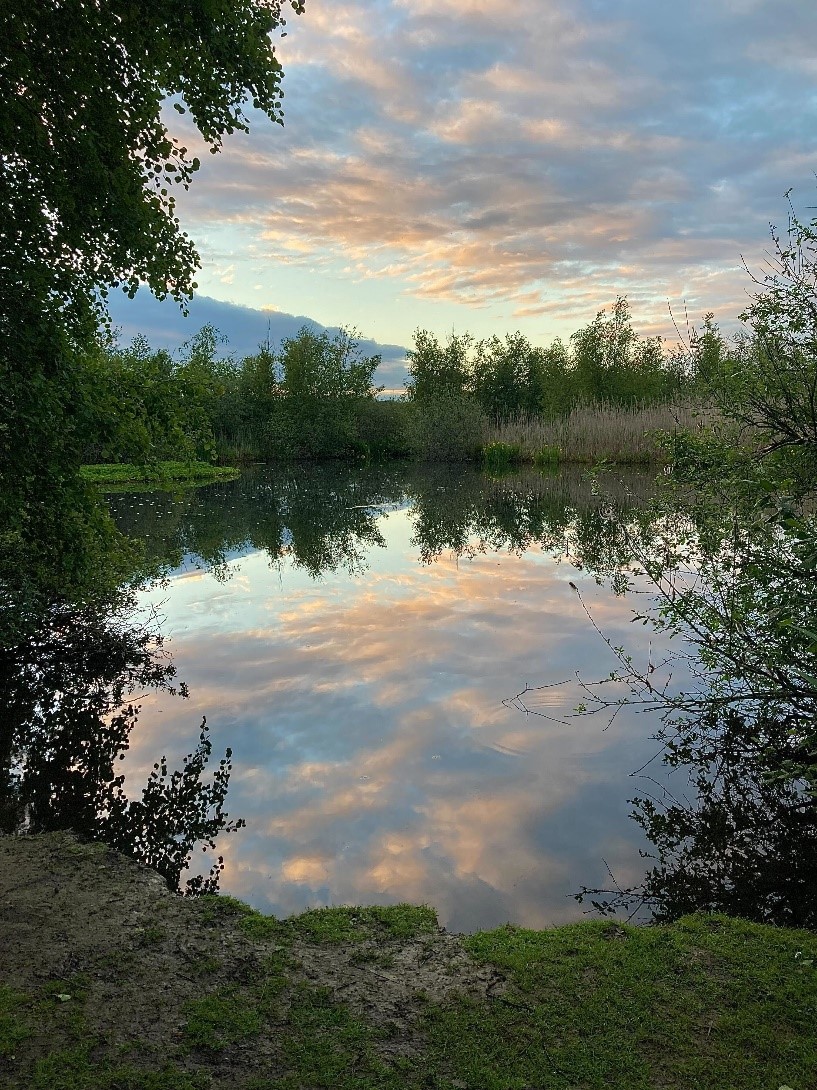Hi everyone, this is Riho.
I’ve just finished half of my course and passed around three weeks since I came here, Denmark. I heard the news that rainy season (梅雨) has started gradually in Japan, however, super nice weather like spring in Copenhagen. I always think that I come here on the best season of Denmark!
Like last week, I’d like to look back my experience of this week.
Here in Copenhagen, the daytime is quite a long in summer season, so recently I enjoy running around my dormitory at around 9pm (sunset time:)). I decided to challenge full marathon this October, so I have to. Last week, I had terrible muscle pain due to my lack of daily exercise, however, it’s getting better for now. Hopefully, I would like to be able to run at least 10 kilometers by the time I return to Japan. The following picture is my favorite running course! It’s so beautiful nature place.
My course, Smart Cities, has just only one week left finally. In this week, we had the field work which visited one Danish company, DOLL Living Lab, and joined workshop. This company is Europe’s biggest Living Lab for Smart City solutions. The workshop was consisted by lectures, panel debates, breakout sessions, and observation tour of working system.
The contents of this workshop were about Smart Mobility. The perspectives are:
- How can they manage the future of Mobility
- What are the needs of tomorrow and how can they help address some of these needs and the challenges that lies ahead, both for cities, suppliers and advisors
- Should cities, suppliers and advisors rethink how they address mobility today and if so, can DOLL Living Lab be a place where we activate this ecosystem to support e.g., systems thinking, coordination across road authorities
The important aspect of future smart mobility is not only the technology to install the system, but also the cooperation of various stakeholders in order to work on it throughout the city.
What I found most interesting was the observation tour of working system. Data from cameras and sensors installed at intersections are used to analyze pedestrian safety, the environment, and traffic conditions using IoT and ICT. Being able to see it in action made me more aware of Copenhagen’s advanced technology for smart cities.
The contents of this week lecture were more technological aspect, so we were able to make our solution clearer. Next week, we will tackle more group work to make our idea be shaped.
